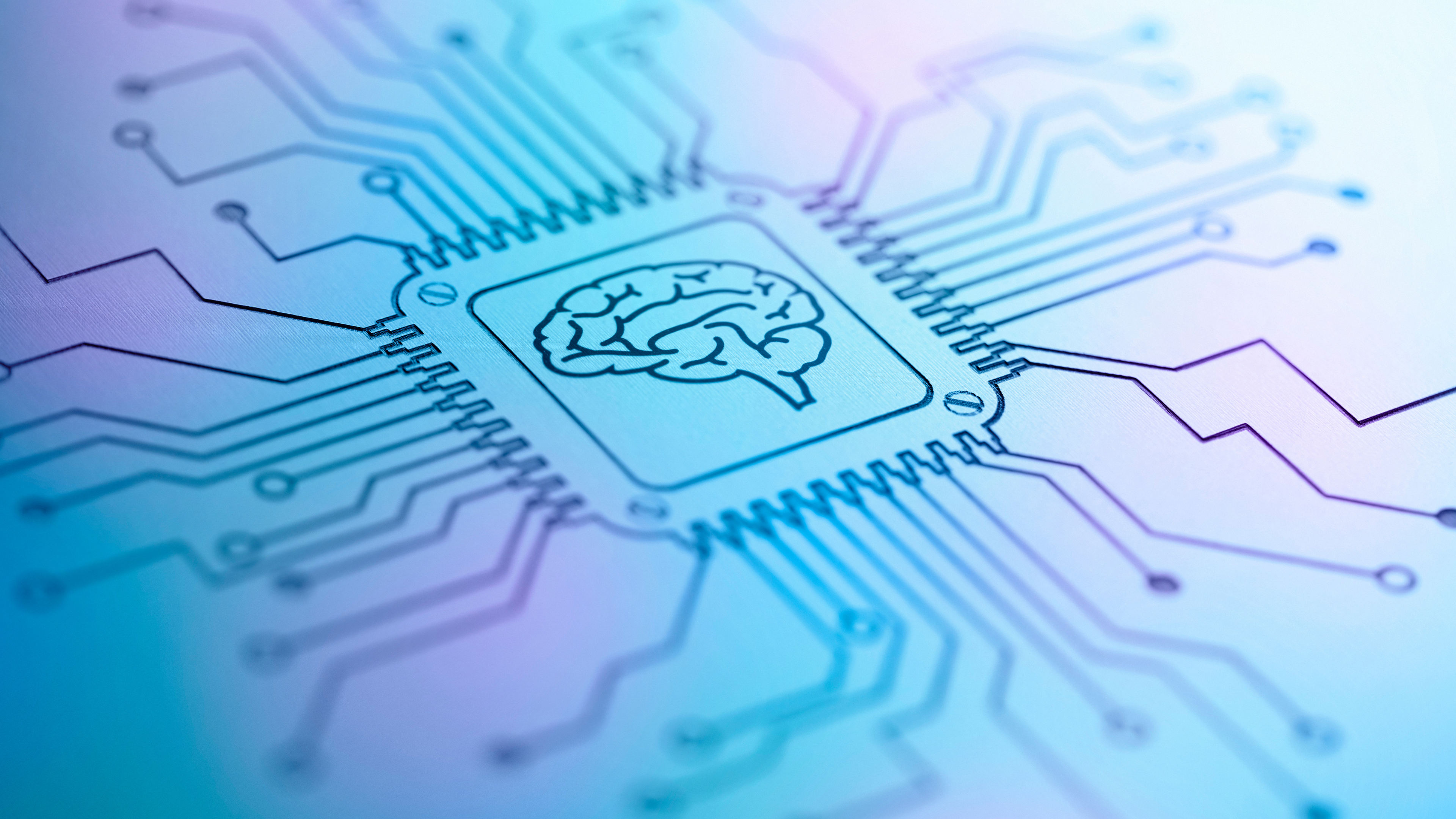
From Character Recognition to Computer Reading
Few technologies have been as bandied about in recent years as artificial intelligence. From whether it will change the face of health care, to the merits of adding it to supply-chain tracking, to pronouncements of its handily outworking humans in the near future, artificial intelligence (AI) is on everyone's lips these days. In the arena of document processing, which underpins so many industries, AI using natural language processing tools has moved from standard optical character recognition to true "reading" of words and data.
Here are three qualities of AI that have made possible this transition from "smart" to "smarter."
AI Enhances Document Detection
Human workers are adept at and even uniquely suited for many things (innovation and brainstorming among them), but when it comes to pattern detection, machines have us beat, hands down. In fact, "at the core of AI [is] spotting patterns," Alan Pelz-Sharpe, founder and principal analyst of analyst firm Deep Analysis, said. Ripcord's platform uses machine learning and AI to not only detect but 'learn' about patterns and trends in client data, effectively "reading" said data and predicting likely next steps for better customer experience.
Using OCR, AI-powered document management spots the differences between, say, letters and numbers in a document, or between specific words and similar-looking counterparts. And AI needs surprisingly little information to 'learn' about the function in which it is being trained.
In large part because of the ability to more accurately find patterns, "today these machines will do the work far better, far more accurately, far more quickly and cheaper, generally, than a set of human beings," Pelz-Sharpe said.
AI Keeps Humans in the Loop
Despite what low-budget science fiction would have us believe, AI isn't on track to elbow out humans, and this is true in the document management sphere, too. To do the jobs which it has been programmed to do, and do them well, artificial intelligence requires some level of human input.
It operates using "your knowledge of your organization's needs," Pelz-Sharpe explained. "It doesn't know ... specifics. You have to augment the AI, you have to help it along the way through a process we call 'human in the loop.'"
Because the AI is preprogrammed to do a certain task, it won't stop to correct any errors, but will instead carry on doing as it has done — until its programming is adjusted. AI "needs to hold your hand," Pelz-Sharpe said. "So when it makes a mistake, and it will, you say, 'Uh-uhn'" and show it the right way to do the task. "That's a strength" of AI, he said.
AI Lowers the Exception Rate
Top-tier document management software is crucial to a business' smooth running, and AI is pivotal. Particularly over the course of remediation projects, during the new client onboarding process, and other instances in which missing red flags can cost millions of dollars, companies (and regulators) focus heavily on exception rates.
Using natural language processing (NLP), AI can vastly reduce the number of potentially problematic/non-compliant issues that get missed, lowering the exception rate. By doing that, "we're actually reading the documents," Pelz-Sharpe said.
Sharpe relayed the story of one large company that, using AI, is set to go from a 45% exception rate using a team of 11 human employees to an exception rate of 4% to 5% using a team of just two people.
"By reading [the data] we're able to enrich it," Pelz-Sharpe explained. "We're able to classify it better. We actually have some understanding of what this is and what we need to do with it."
Learn more about AI's potential in computer "reading" by watching the on-demand webinar called "Debunking AI Myths and ML Legends."
/Ripcord%20Logo%20-%20Color%2011.png?width=2000&height=620&name=Ripcord%20Logo%20-%20Color%2011.png)



.jpg?quality=high&width=596&name=Revolutionizing%20P%26C%20Insurance%20The%20Power%20of%20Intelligent%20Document%20Processing%20and%20AI%20-%20Ripcord%20(1).jpg)